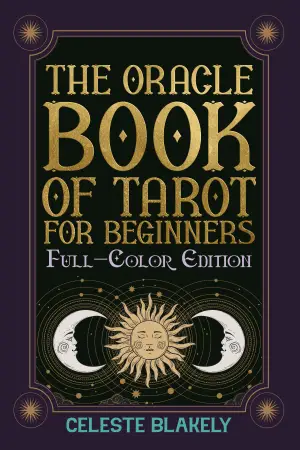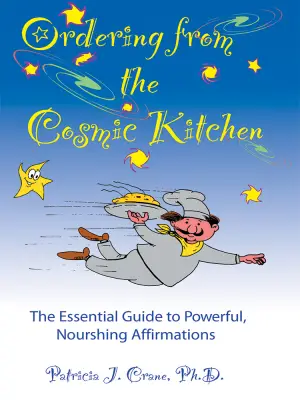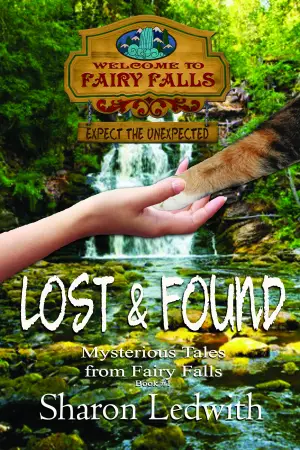The Forgotten Backbone: A Review of Long-Range Public Investment: The Forgotten Legacy of the New Deal
When I first stumbled upon Robert D. Leighninger Jr.’s Long-Range Public Investment: The Forgotten Legacy of the New Deal, my curiosity was piqued not just by the historical subject matter but by the promise of uncovering the foundations of our everyday lives. It’s easy to forget that behind the roads we drive on, the parks we enjoy, and the bridges we cross, lie the monumental efforts and visions from a remarkable era in American history—the New Deal. Leighninger’s insightful exploration draws us into a world where public investment was more than just politics; it was our nation’s lifeblood.
At the heart of Leighninger’s work is a reassessment of New Deal public works initiatives, effectively arguing that these initiatives crafted the very infrastructure of our country—both physical and cultural. While most discussions around the New Deal tend to focus narrowly on specific agencies or programs, Leighninger takes a broader approach, showcasing the great tapestry woven from the contributions of the Civilian Conservation Corps, the Works Progress Administration, and many others. His prose is clear and engaging, making what could have been a dry historical account into a luminous exploration of public investment’s long-lasting impacts.
Throughout the book, Leighninger shines a light on the many facets of infrastructure that have often been overlooked. Imagine the surprise and delight of discovering that notable projects like San Antonio’s River Walk and the iconic Central Park Zoo stem from these ambitious initiatives. His use of vivid storytelling not only delineates the history but gives a face to the numbers—like the "bunch of Brooklyn toughs" who wept as they rebuilt La Purisima Mission, connecting the reader emotionally to the stories embedded within these structures.
One of the standout elements of the book is how Leighninger deftly intertwines historical analysis with contemporary relevance. His chapter on the "Paradox of Pork" stirred my thoughts about how we perceive public investments today—dismissing them as mere government waste rather than recognizing their significant societal contributions. This contextual depth, alongside memorable anecdotes and stirring quotes, resonated deeply with me; it felt like a rallying cry for modern society to re-embrace the public goods that shape our communities.
Given the current economic climate, the lessons Leighninger provides could not be more timely. He critiques the failure of modern political discourse to acknowledge the importance of public jobs and infrastructure investment, prompting readers—myself included—to reconsider how we view government and its role in our lives. His thoughtful insights, such as advocating bold, experimental approaches in times of economic stress, ignite a flicker of hope and remind us that history can indeed guide our present.
I wholeheartedly recommend Long-Range Public Investment to anyone curious about the intersection of history, public policy, and civic life. Whether you’re a policy maker, historian, or simply someone who relishes a good narrative, Leighninger’s work invites you into a conversation that is as vital today as it was in the 1930s. This book not only broadened my understanding of the New Deal’s contributions but also provoked thoughtful reflection about what we can learn from our past to build a brighter future. If you’re looking for inspiration grounded in history, this book is a must-read.






